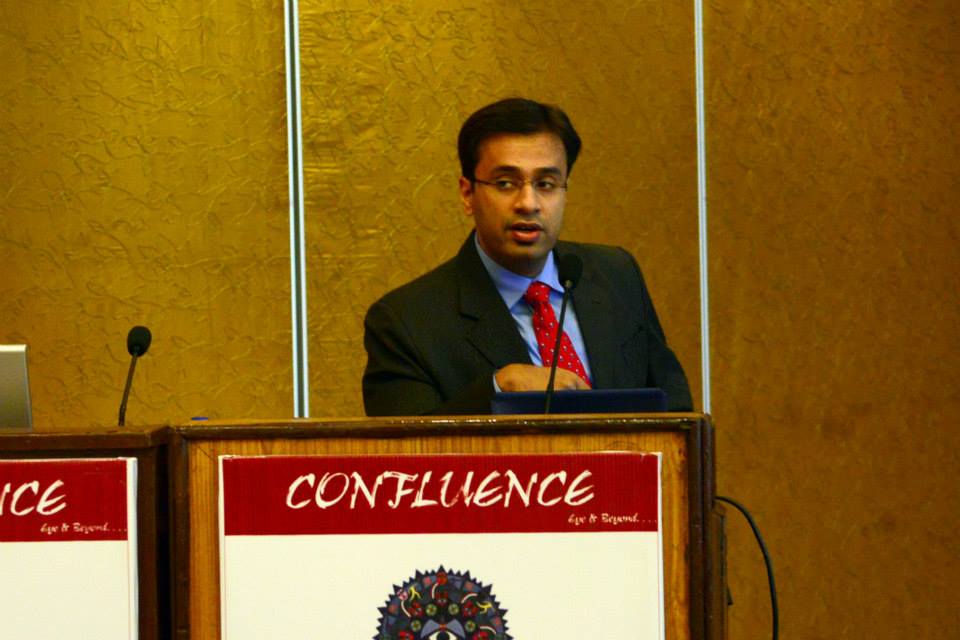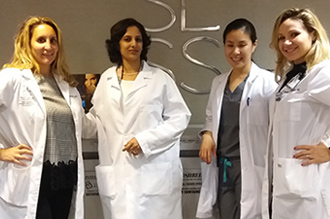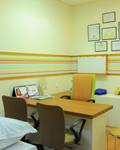These are small enlarged superficial blood vessels that appear red or blue. They may look like a spider web or a tree with branches. Larger dilated blood vessels are called varicose veins.
The causes of varicose veins are varied and are related to reflux disease at the saphenofemoral junction (venous reflux disease or perforators at the thigh, knee or ankle. However, the etiology contributing to the development of spider veins are multiple and include heredity, pregnancy, hormonal factors, weight gain and occupations that necessitate prolonged sitting or standing.
Spider veins are less than 1 mm in diameter. Reticular veins are 1 mm to 3 mm in diameter.
Spider veins are treated by sclerotherapy, where veins are injected with micro puncture technology using specialized lighting to amplify spider veins and reticular veins that ”feed” the spider veins. The sclerotherapy solution causes the spider veins to collapse and fade.
Lasers also used to treat spider veins. Intense pulse light (IPL) and Nd:YAG laser which operates at 1064 nm has also been used to treat spider veins and telangiectasias, depending on the type of spider vein or reticular vein being treated.
The gold standard treatment for this condition is sclerotherapy. Laser treatment (Long pulsed Nd YAG, Pulse dye laser) is also available.
The cost of the treatment depends upon the type of treatment followed. Since Laser treatments require multiple sessions, they may come up to be a bit expensive as compared to other modes of treatment.
For more information on Dr. Rinky Kapoor’s work, click on: theestheticclinic.com/dr-rinky-kapoor.html




























All Rights Reserved © 2022 The Esthetic Clinics | Privacy Policy | Terms of Use | Payment Policy



